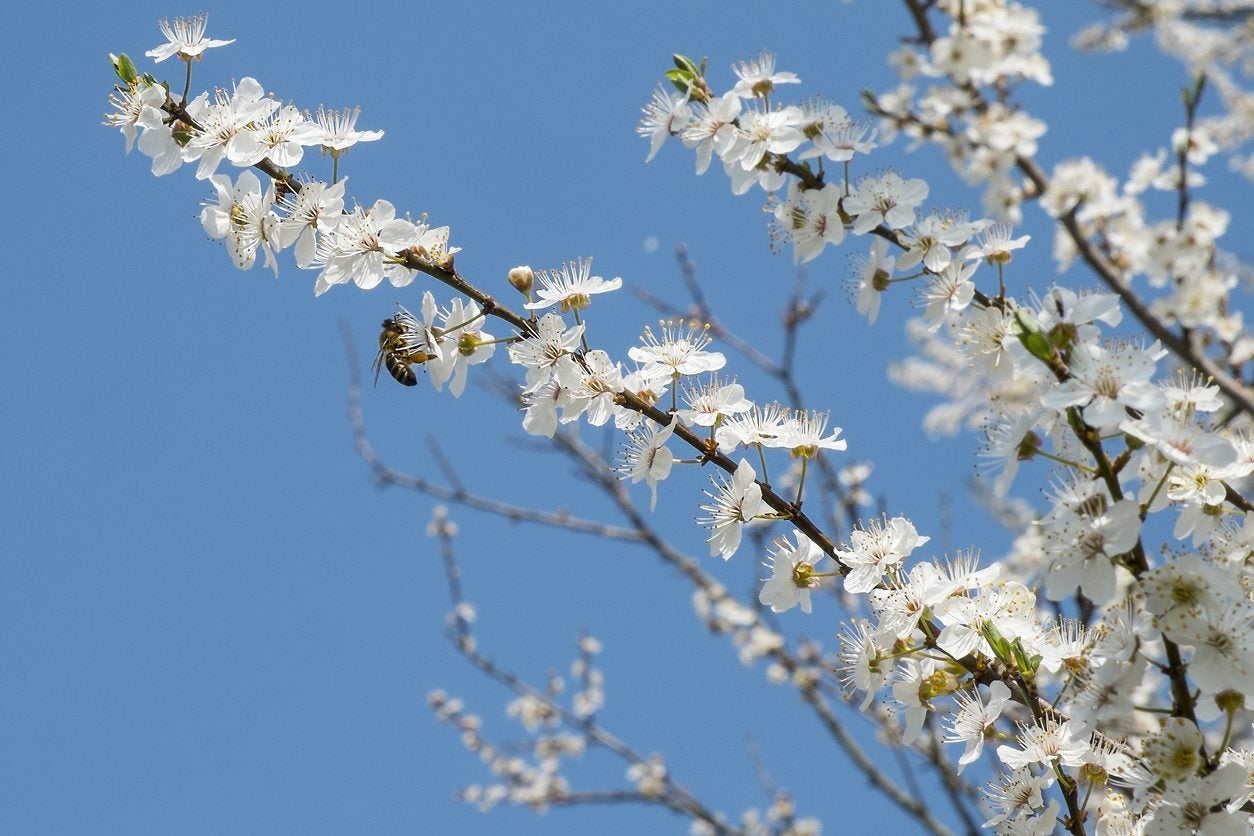Allegheny Serviceberry Care – What Is An Allegheny Serviceberry Tree


Allegheny serviceberry (Amelanchier laevis) is a great choice for a small decorative tree. It doesn’t grow too tall, and it produces pretty spring flowers followed by fruit that attracts birds to the yard. With just a little basic Allegheny serviceberry info and care, you can add this tree to your landscape with great results.
What is an Allegheny Serviceberry?
Native to the eastern U.S. and Canada, the Allegheny serviceberry tree is a medium-sized tree with multiple stems that form a pretty shape in the landscape. It can grow well in yards and gardens throughout a wide range of climates, between USDA zones 8 and 10. Expect a serviceberry you plant to grow to about 25 to 30 feet (7-9 m.) tall. Growth rate is medium to fast for this deciduous tree. Since it grows fairly quickly and is multi-stemmed and full, people often choose the Allegheny serviceberry to fill in spaces in a yard. It is also a popular choice for the flowers it produces in spring: drooping, white clusters that develop into purple-black berries. The sweet berries attract birds, and the yellow-to-red color change makes this a showy, three-season tree.
Allegheny Serviceberry Care
When growing Allegheny serviceberry, choose a spot that is partially or fully shaded. This tree will not tolerate full sun well, nor will it tolerate dry conditions, showing stress with full sun and in droughts. The soil it grows in should drain well and be loamy or sandy. If you choose to, you can prune your serviceberry to shape it like a small tree, or you can let it grow naturally and it will resemble more of a large shrub. There are some pests and diseases to watch out for with Allegheny serviceberry. Potential diseases include:
Pests that like serviceberry include:
Poor conditions exacerbate diseases and pest infections, especially drought. Overfertilizing with nitrogen can also worsen blight. Give your Allegheny serviceberry the right conditions in which to grow, adequate water while the roots get established, and an occasional balanced fertilizer and you should enjoy a healthy, quick-growing, flowering tree.
Sign up for the Gardening Know How newsletter today and receive a free copy of our e-book "How to Grow Delicious Tomatoes".

Mary Ellen Ellis has been gardening for over 20 years. With degrees in Chemistry and Biology, Mary Ellen's specialties are flowers, native plants, and herbs.